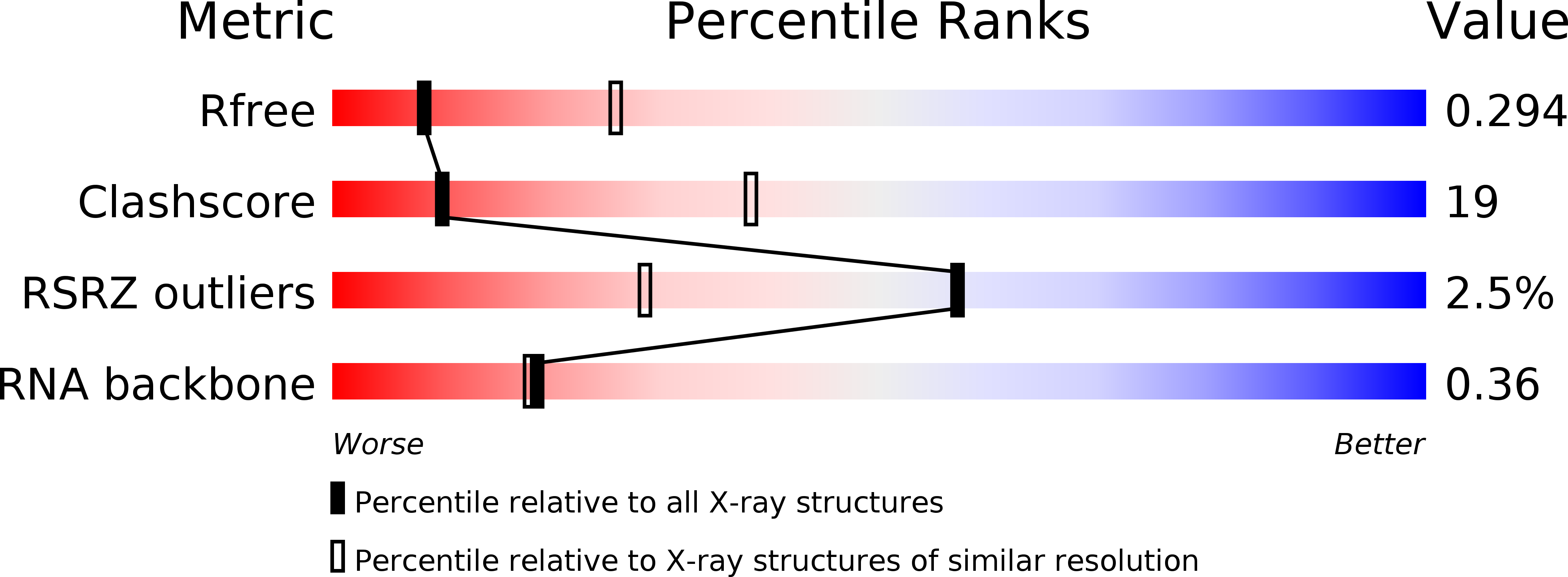
Deposition Date
2013-05-15
Release Date
2013-08-07
Last Version Date
2024-03-20
Method Details:
Experimental Method:
Resolution:
3.02 Å
R-Value Free:
0.30
R-Value Work:
0.23
R-Value Observed:
0.24
Space Group:
P 31 2 1


